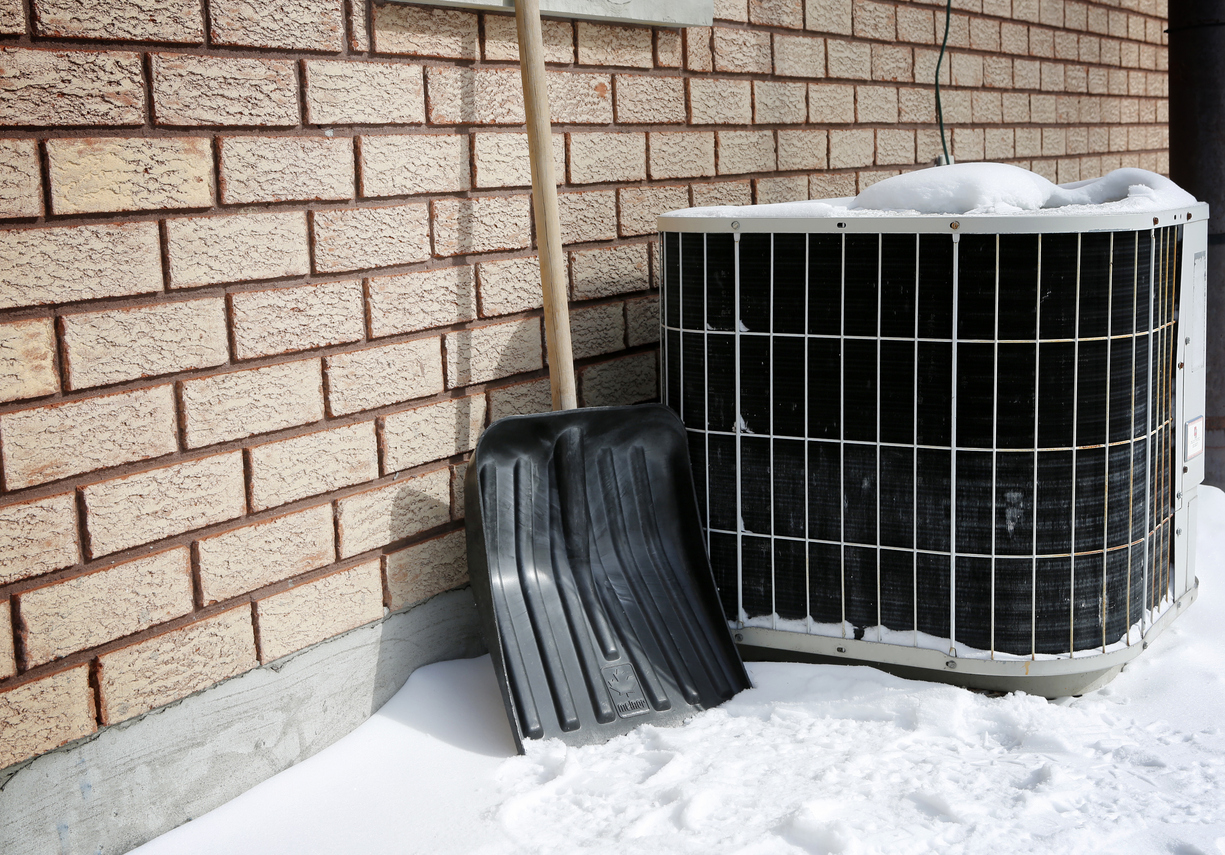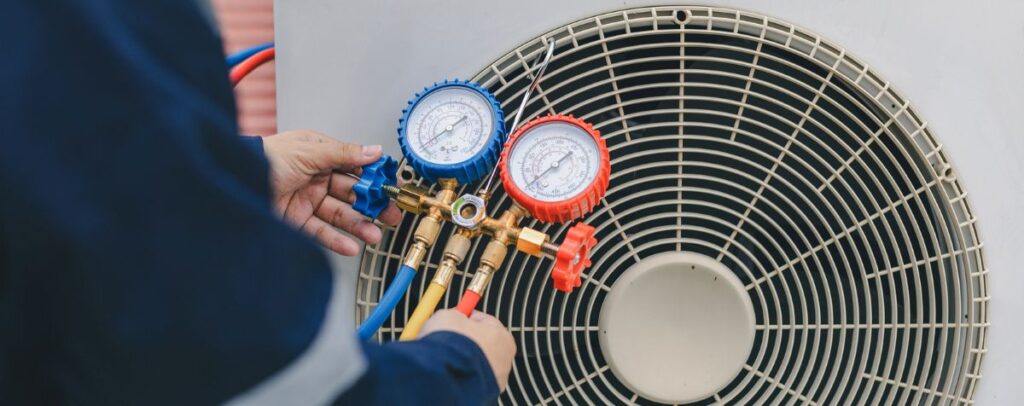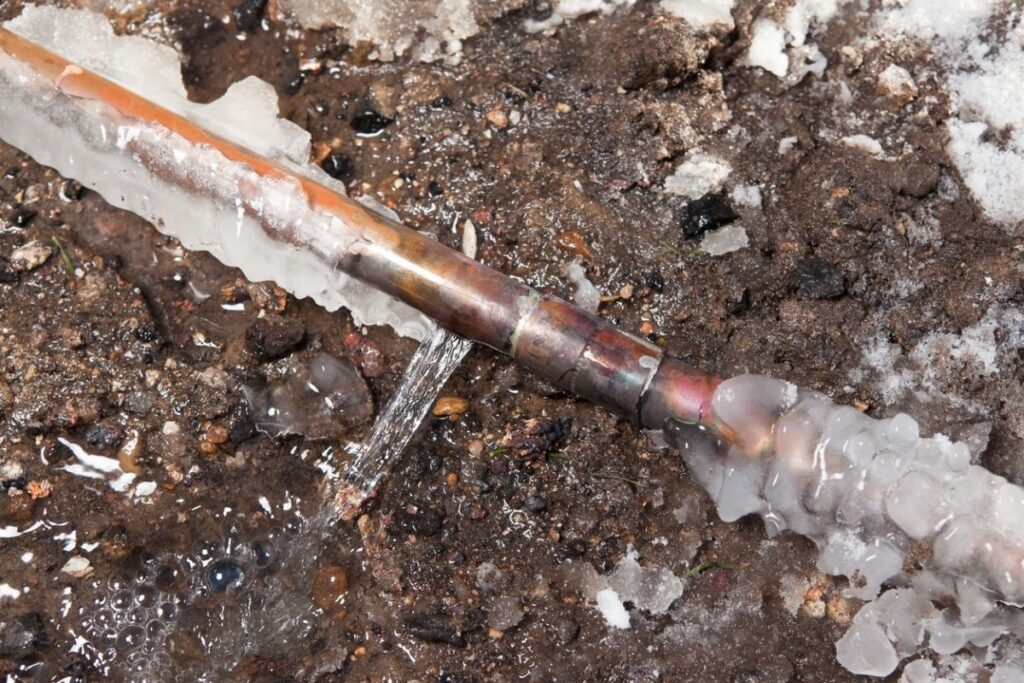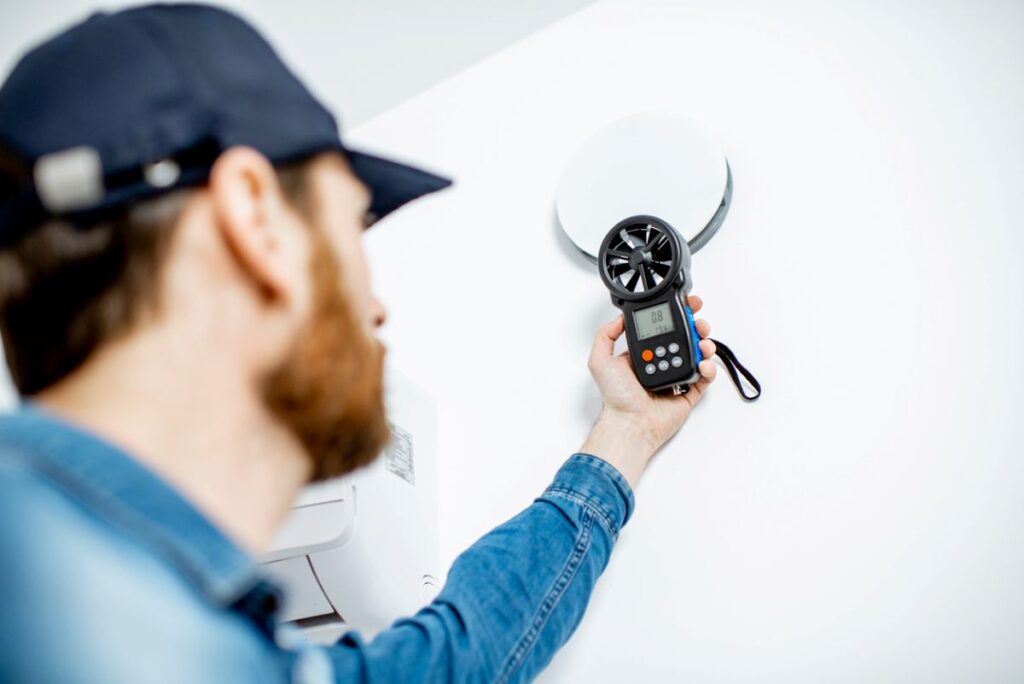





5 Common Winter Heating Problems


Now that temperatures are dropping, it's time to prepare for winter heating season. Even if your heater worked perfectly last year, you might encounter some common problems. Here are 5 common heating problems to watch out for and what you can do about them.
1. Heater Not Working In Cold Weather
If your heater is not working in cold weather, start with these basic checks:
First, check your thermostat:
- Verify it has power and fresh batteries
- Ensure it's set to "Heat" mode
- Test if it responds to temperature adjustments
If the thermostat seems fine, check your system type:
For furnaces:
- Check if the pilot light is on
- If it's out, don't attempt to fix it yourself - call for professional service
- Even with pilot light on, issues with burners, gas valves, or flame sensors need professional attention
For heat pumps:
- Look for ice buildup from winter weather
- Check defrost settings if you have them
- Call for service if the system remains frozen
If your system runs but heats poorly, or cycles on and off frequently:
- Change your air filter
- Clean any blocked vents
- Listen for unusual noises that might indicate mechanical problems
- Call for service if these basic maintenance tasks don’t help
2. Carbon Monoxide Safety Issues
Carbon monoxide poses serious risks because it's impossible to detect without proper equipment. Protect your home by:
- Installing carbon monoxide detectors
- Getting professional inspection if your furnace is over 10 years old
- Calling for immediate service if detectors alert
3. Comfort and Efficiency Issues
Several related problems can affect both comfort and system efficiency:
Temperature Variations:
- Check for drafts around windows and doors
- Verify weather stripping condition
- Inspect for obvious insulation problems
- Look for blocked or dirty vents
- Consider having ductwork inspected if problems persist
Dry Air:
- Winter heating naturally reduces humidity
- Can cause discomfort and damage wood furnishings
- Consider room humidifiers or whole-home system
- Proper humidity improves both comfort and heating efficiency
4. Rising Energy Bills
Unexpectedly high heating bills often signal problems before other symptoms appear:
Common causes include:
- Dirty filters restricting airflow
- Failing or inefficient components
- Leaky ductwork losing heated air
- Poor insulation is making your system work harder
- System running longer than necessary
A sudden increase in energy usage usually means your system needs attention. Professional maintenance can often restore efficiency and reduce operating costs.
5. Strange Noises and Smells
Your senses can alert you to developing heater issues:
Unusual sounds to watch for:
- Banging or popping when the system starts
- Whistling or screeching
- Rumbling after system shuts off
- Constant clicking
- Grinding from the blower area
Concerning smells include:
- Burning odors
- Musty smells from vents
- Any gas odors (require immediate professional attention)
When to Call Getzschman
While some home heating problems have simple fixes, don't hesitate to call Getzschman Heating if you experience a complete loss of heat, carbon monoxide detector alerts, unusual system noises, or any gas-related concerns.
Professional repairs will also help if you notice sudden increases in your energy bills or if problems persist after basic maintenance. Remember, your family's safety and comfort are our top priorities, so when in doubt, give us a call at (402) 235-6727.










